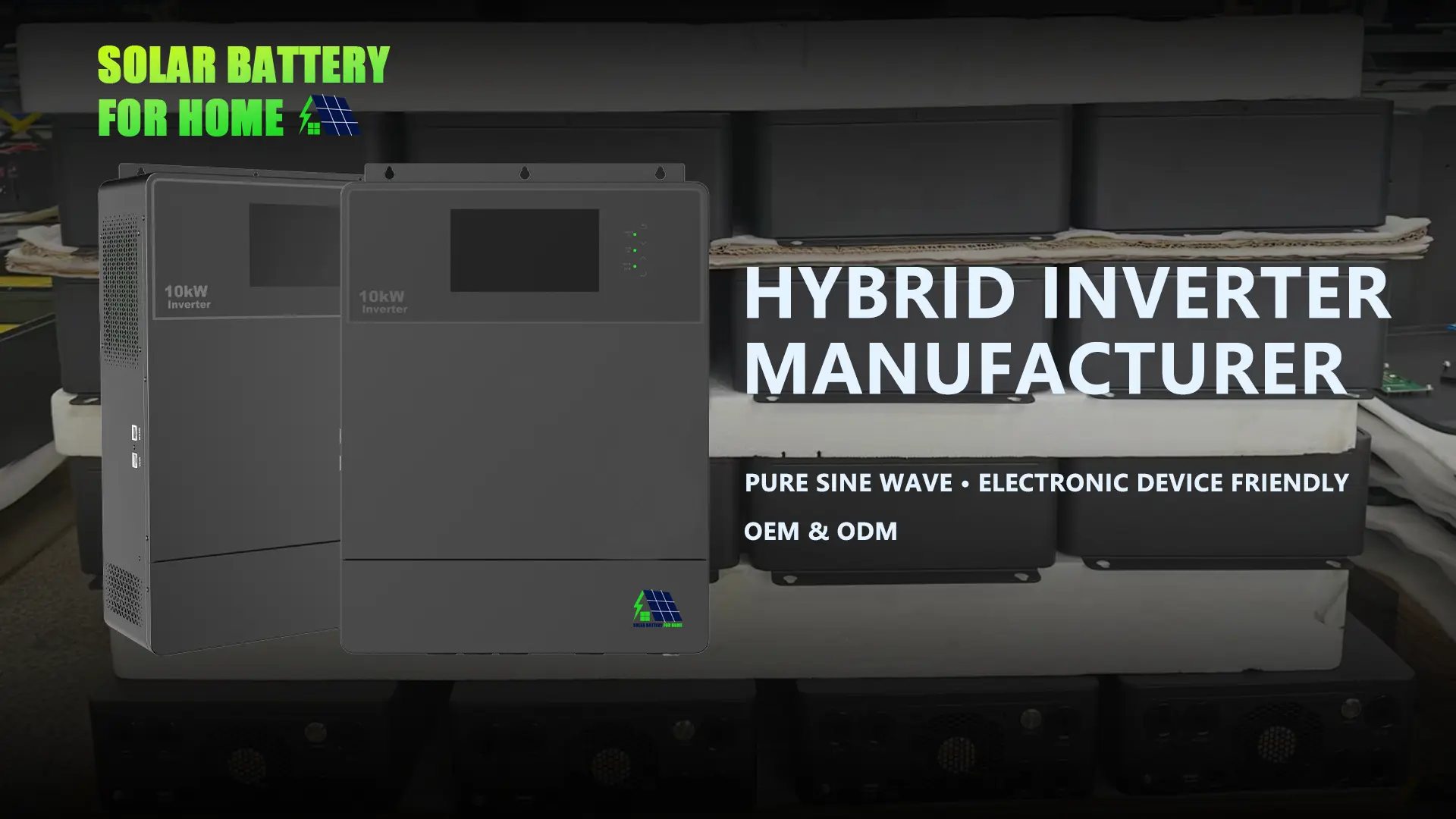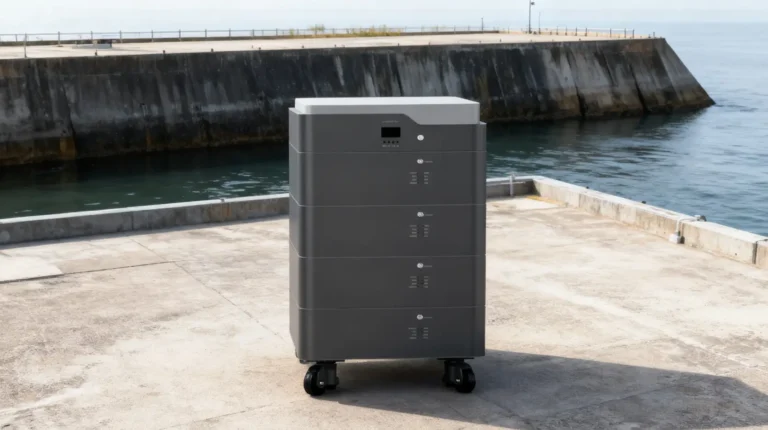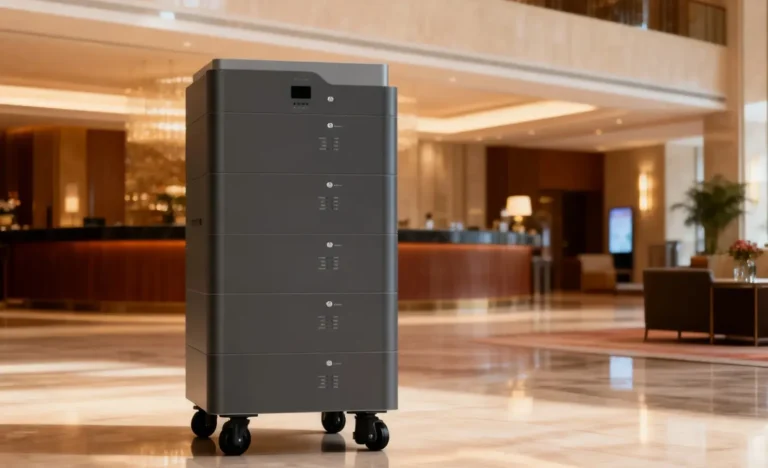Investing in hybrid inverters in bulk can slash costs, streamline installation, and boost system performance. Whether you’re outfitting a residential complex, a community microgrid, or a commercial rooftop array, ordering wholesale makes sense. In this article, we’ll walk you through five key advantages of bulk procurement—and show you real‑world numbers, product examples, and tables to back up each point. You’ll also find handy links to our top-selling hybrid inverters so you can jump straight to specs and pricing.
Bulk Procurement Drives Cost Savings & Consistency
Buying inverters by the pallet instead of one or two units at a time unlocks volume discounts. Suppliers often tier pricing: order 20 units, get 10% off; 50 units, 15% off; 100+, 20% off. You save thousands per project.
- Concrete numbers:
- At a 20‑unit MOQ, per‑unit price drops from $1,200 to $1,080—a 10% saving.
- At 50 units, that falls to $1,020—a 15% off the list price.
- Logistics & training: Using the same model across sites simplifies commissioning. Your crew masters one interface, one set of wiring diagrams, one spare‑parts kit.
- Example: A mid‑sized installer in Texas ordered 60 of our 10kW Hybrid Inverters and cut inverter costs by $10,800 overall. That paid for an extra onsite battery pack.
Hybrid Inverters Enhance Grid Interaction & Energy Management
Modern hybrid inverters go beyond DC‑to‑AC conversion. They:
- Support two‑way power flow—you can export surplus solar to the grid during peak rates.
- Integrate smart energy management—embedded EMS algorithms decide when to charge batteries, feed the load, or sell back to the grid.
- Offer peak‑shaving features—they throttle grid draw during high‑price hours.
Data point: A homeowner in California saw a 30% cut in peak‑time grid purchases after adding a 5.6 kW hybrid inverter with EMS and a 7.68 kWh battery bank .
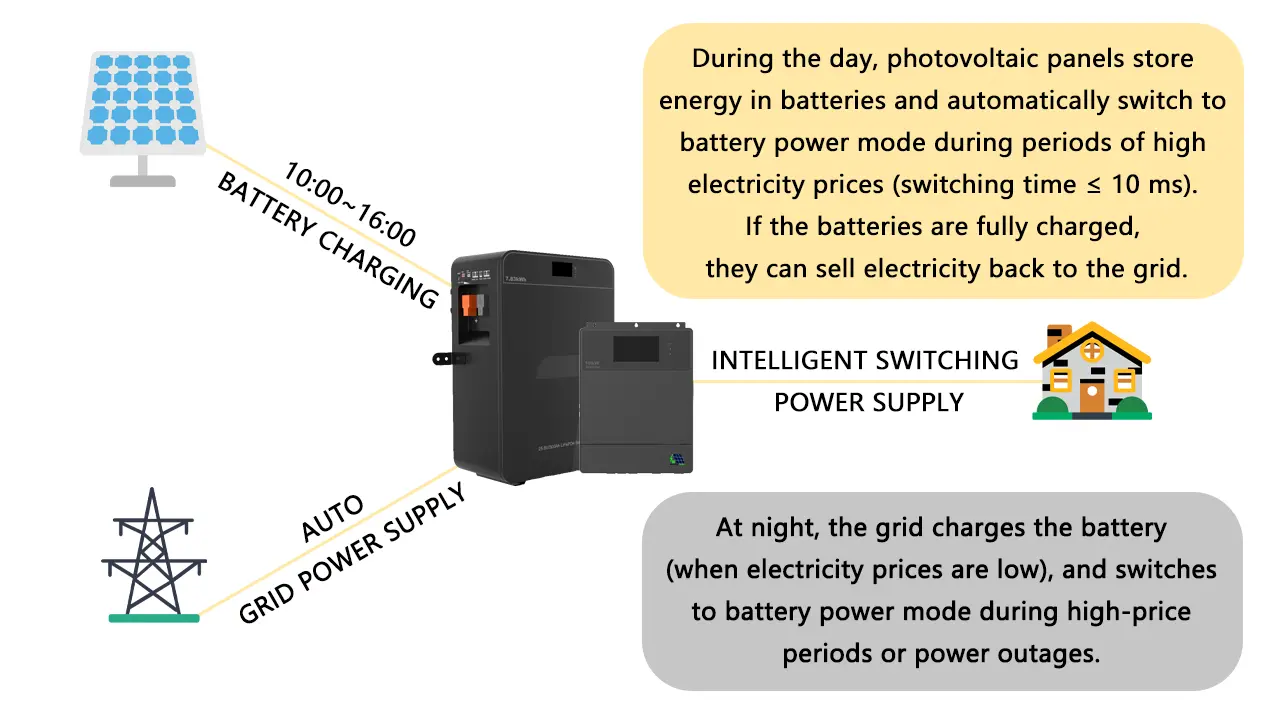
By ordering 30 of our 5.6 kW Hybrid Inverters with built‑in EMS, a solar installer boosted client savings and simplified software updates.
System Design Must Balance Load, Storage & Backup
A reliable off‑grid or “islandable” grid‑tie system hinges on matching inverter capacity to load and battery size. Bulk orders let you plan uniformly:
| Project Size | Load Estimate (kW) | Recommended Inverters | Battery Capacity (kWh) |
|---|---|---|---|
| Small Home | 3–5 | 1 × 5.6 kW Hybrid Inverter | 7.68 kWh (25.6 V) |
| Medium Home | 6–10 | 1 × 10 kW Hybrid Inverter | 10.44 kWh (51.2 V) |
| Commercial Site | 15–25 | 2 × 12 kW Hybrid Inverters | 28.67 kWh stacked (51.2 V) |
Table 1: Matching inverter and battery sizing for typical home and small commercial installs.
Sizing tips:
- Start with a detailed load audit: list daily kWh and peak kW.
- Choose battery capacity to cover at least one cloudy‑day cycle.
- Plan backup (generator or vehicle‑to‑load) for multi‑day outages.
With bulk shipping of the 12 kW Hybrid Inverter, you lock in identical firmware and specs across all installations—no more mixing models.
Feature‑Rich Inverters Improve Efficiency & Scalability
Not all hybrids are equal. Some pack extra features that pay for themselves:
- Seamless switching during grid failures (<10 ms).
- Built‑in battery management system (BMS) compatibility—no separate BMS needed.
- Remote monitoring & firmware updates via Wi‑Fi or ethernet.
Example: A co‑working space ordered 40 units of our 10 kW hybrid in bulk. They needed automated alerts when battery SOC fell below 20%, and they got it without paying extra for third‑party monitoring.
| Feature | Benefit | Real‑World Impact |
|---|---|---|
| Seamless transfer (<10 ms) | No equipment reboot during outages | Zero downtime for 24/7 data ops |
| Integrated BMS interface | Simplified wiring & single‑vendor support | 20% cut in install labor hours |
| Remote monitoring & auto‑update | Keeps firmware current without site visits | $1,500 saved in service trips |
Table 2: High‑value inverter features and their practical benefits.
When ordering 100+ hybrid inverters, ask your supplier to preload your network settings on every unit. That way, you mount, wire, and go—no onsite IT setup.
Standardized Specs & Negotiation Leverage
Bulk procurement gives you bargaining power on:
- Extended warranty terms (e.g., 10 years on electronics).
- Onsite support or expedited replacement units.
- Custom firmware builds that match your project specs.
Case in point: A regional solar firm negotiated a five‑year on‑site swap program when they committed to 80 units of our 5.6 kW hybrid inverter—saving them $250 per swap call.
| Negotiation Point | Standard Offer | Bulk Deal Example |
|---|---|---|
| Warranty | 5 years | 10 years electronics + 5 years spares |
| Replacement lead time | 2 weeks | 48 hours on‑site swap |
| Firmware customization | Not available | Tailored EMS profiles per project |
Table 3: How bulk orders unlock better aftermarket support.
Throw in training for your techs at the supplier’s HQ, and you’ll get one standard installation procedure across all teams. Fewer mistakes, fewer call‑backs.
Putting It All Together: A Flexible Rollout Plan
- Audit & Specify
- Gather load profiles and outage history.
- Choose inverter sizes (5.6 kW, 10 kW, 12 kW) based on average peak loads.
- Get Quotes for Multiple Tiers
- Price at 20, 50, and 100 units.
- Compare warranty, lead times, and support packages.
- Lock in Specs & Firmware
- Agree on network settings, EMS profiles, and warranty terms.
- Ask for sample units to validate performance.
- Train & Deploy
- Send your crew to a one‑day workshop at the manufacturer (often free with large orders).
- Standardize installation checklists and spare‑parts kits.
- Monitor & Upscale
- Use built‑in remote monitoring to track performance.
- Roll out firmware updates in one click.
- Plan your next bulk refill once supplies run low.
Why SolarBatteryforHome.com?
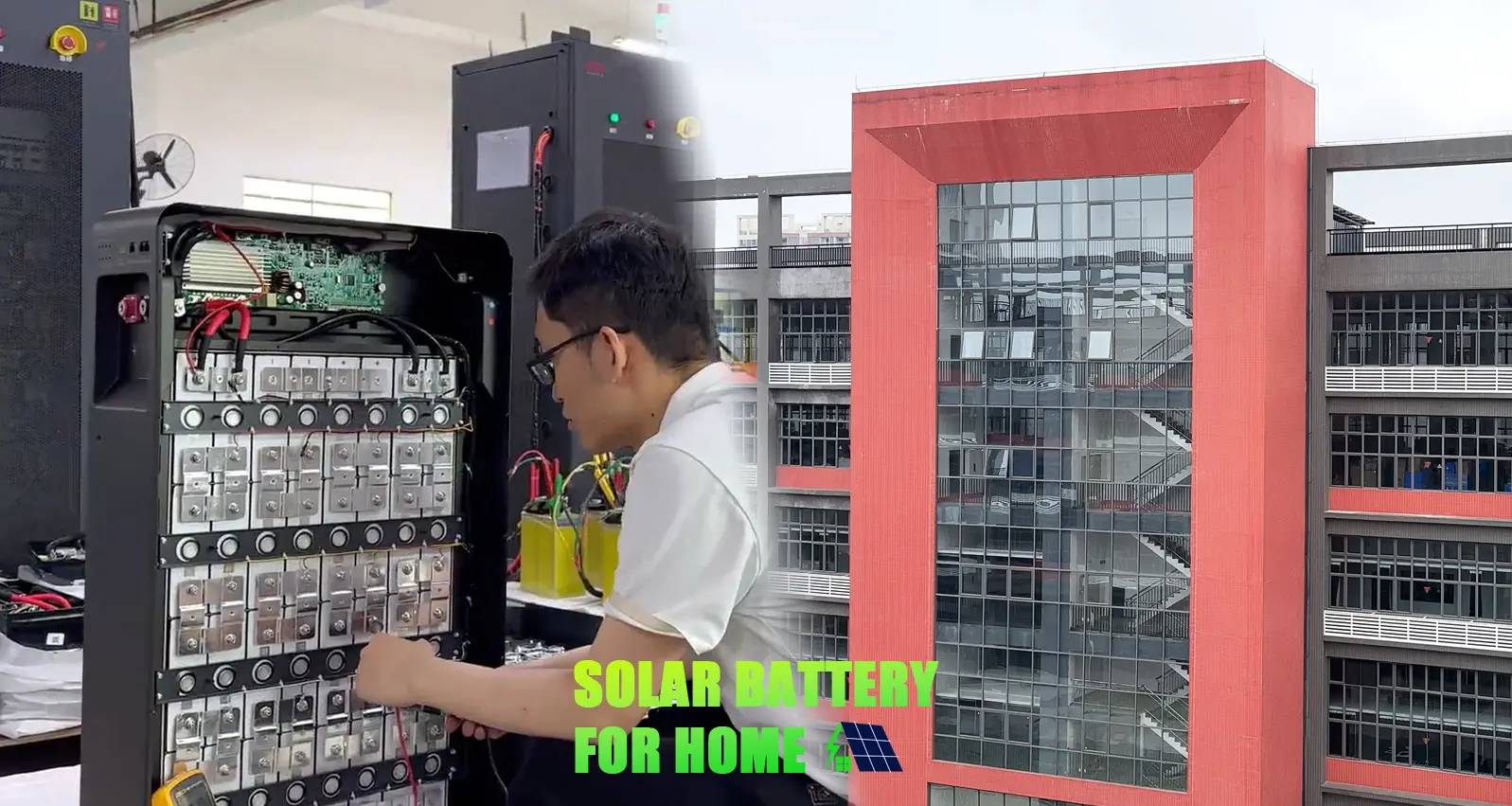
At Solar Battery for Home, we specialize in scalable energy storage solutions. Our lineup includes:
- 5.6 kW Hybrid Inverter – perfect for small homes or agribusinesses looking to add intelligent backup.
- 10 kW Hybrid Inverter – a go‑to choice for medium‑sized residences and small campuses.
- 12 kW Hybrid Inverter – ideal for commercial rooftops or multi‑family units.
- Stackable battery packs (7.68 kWh, 10.44 kWh, up to 28.67 kWh) – build exactly the capacity you need.
Conclusion
Buying hybrid inverters in bulk isn’t just about cutting unit costs—it’s about building a repeatable, reliable, and scalable deployment process. When you:
- Order 20+ units, you drop your per‑unit price.
- Standardize on one model, you simplify training and spares.
- Negotiate warranty and support, you protect your projects.
- Leverage advanced features, you boost ROI through better energy management.
Use the tables above to pick the right inverter‑and‑battery combo. Then hit the links to our bestsellers, get your quotes, and start saving. By combining smart procurement with feature‑rich hardware, you’ll deliver efficient, resilient energy storage systems every time—without breaking the bank.

